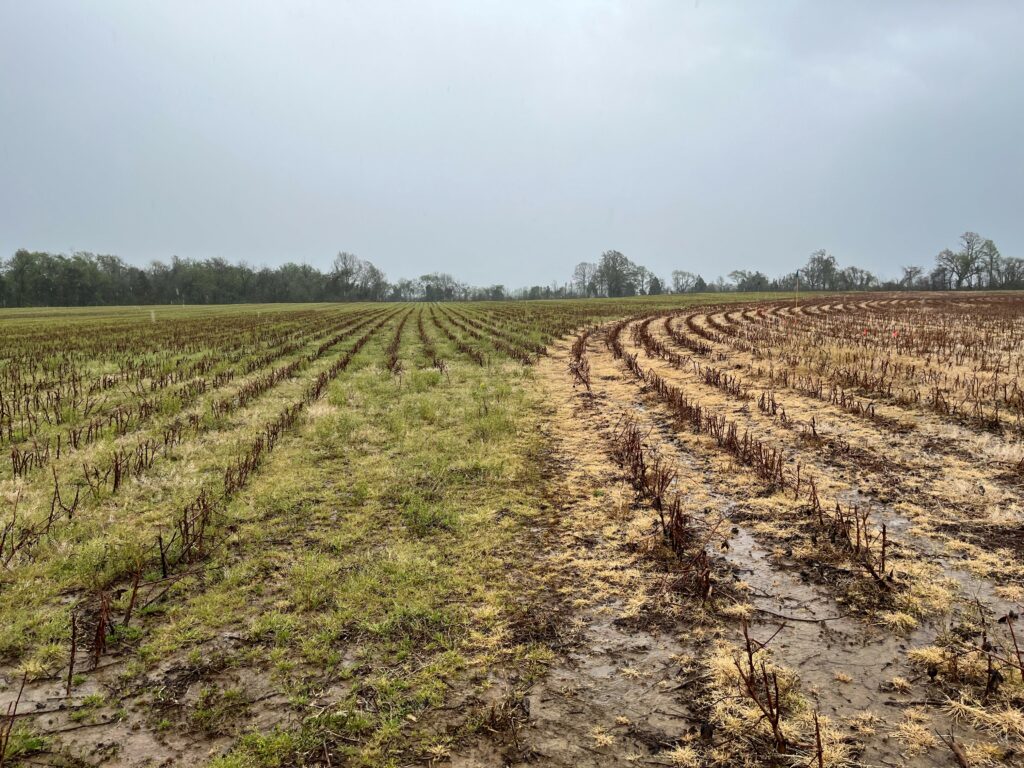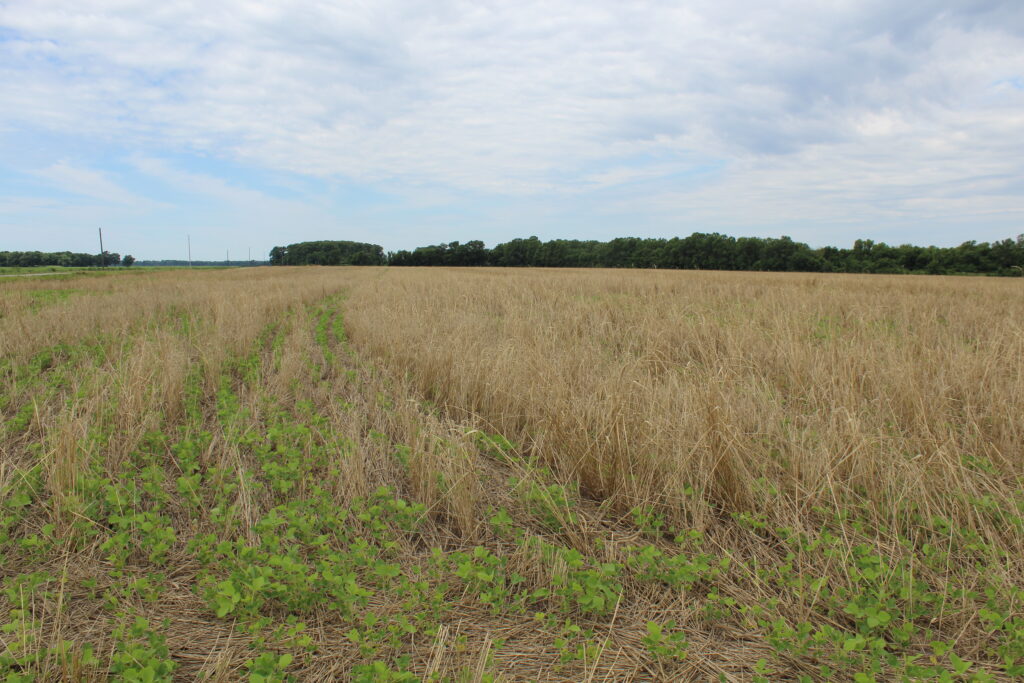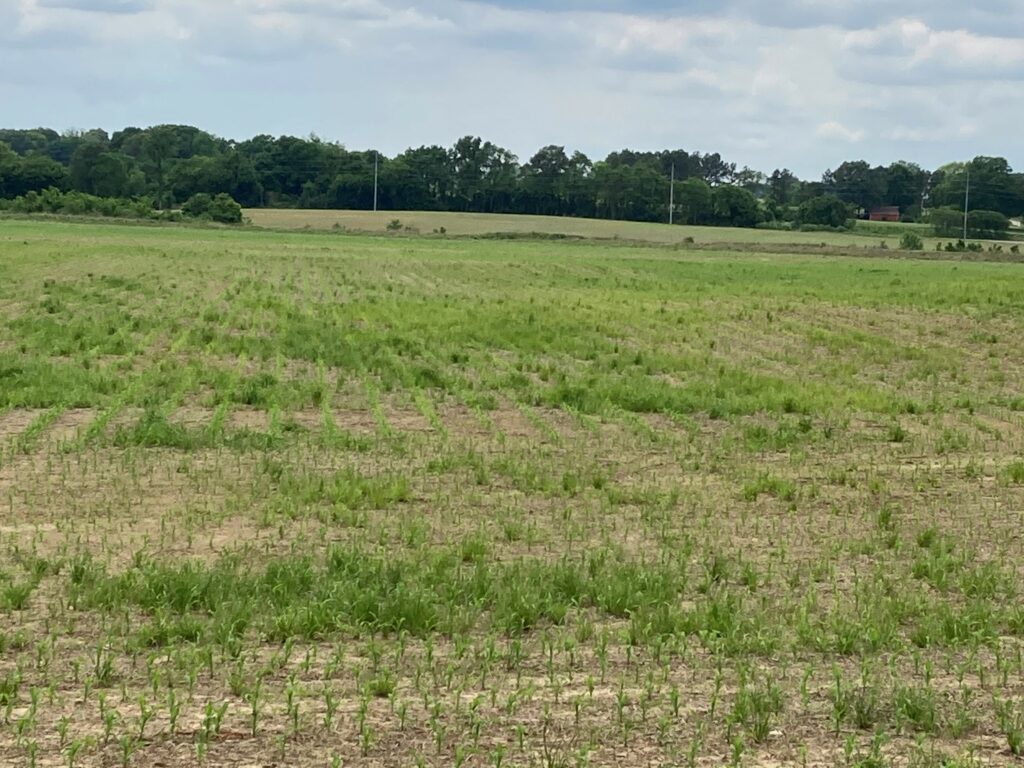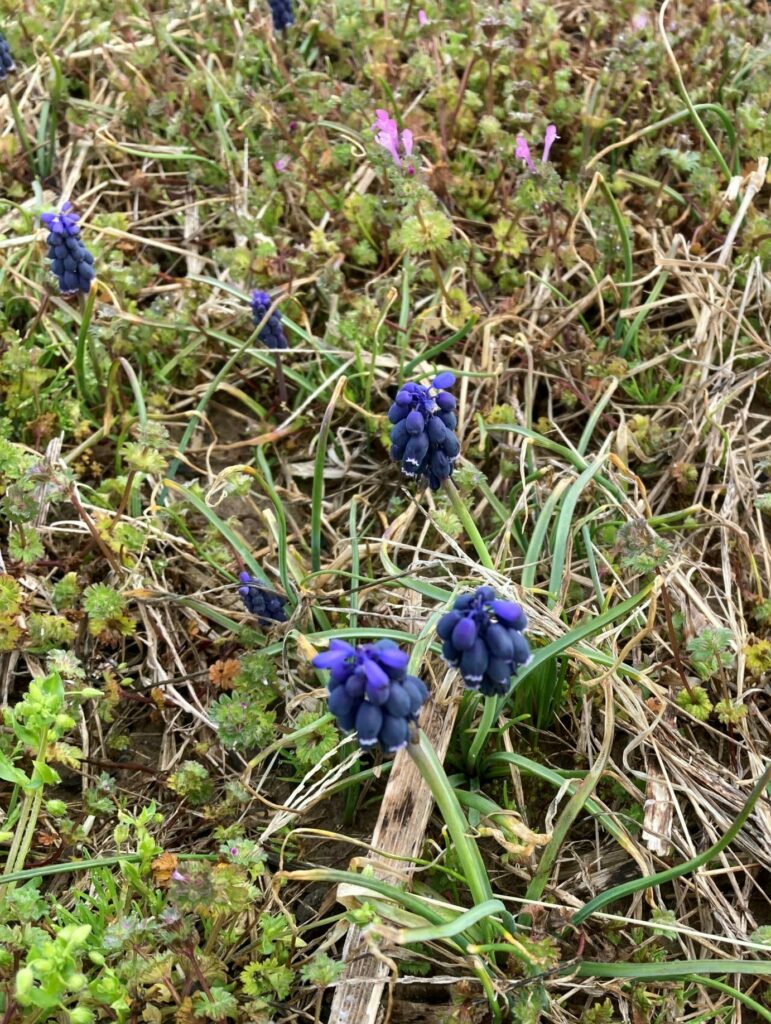As wheat is approaching flag leaf stage in Tennessee, start scouting if you haven’t already for disease. Depending on variety susceptibility you may already see powdery mildew and/or wheat blotch (Septoria and/or Stagonospora blotch); but if no disease present start considering Fusarium Head Blight management. Continue reading
Recent Updates
Ammonia volatilization from unincorporated, surface-applied UAN on soils with pH >7
By Nutifafa Adotey, Assistant Professor & Soil and Nutr. Magt Specialist, Forbes R Walker, Professor & Envt. Soil Specialist, and Frank Yin, Professor & Cropping System Scientist, University of Tennessee
In Tennessee, the primary N fertilizer sources used are urea and urea ammonium nitrate (UAN). Other sources of N fertilizers, such as anhydrous ammonia, are used in some counties in Central and West Tennessee. It is a known fact that ammonia volatilization from applied N fertilizers may occurs from (1) unincorporated, surface-applied urea-based fertilizer; (2) anhydrous ammonia due to poor equipment calibration; and (3) unincorporated, surface-applied ammonium-based fertilizer on alkaline soils. This N loss from these fertilizers is governed by a complex interaction of prevailing environmental conditions, soil properties and management practices. Soil properties determine the potential of ammonia loss while the extent of the loss is dictated by environmental conditions and management practices. Continue reading
Going Back to “Old School” Burndown

Last spring a good many folks went back “old school” and applied glyphosate alone for burndown and saw very good results. This includes applications made when nighttime temperatures were below freezing (Picture 1).
Continue reading
Cover Crop Burndown

It is cover crop burndown time. There is no one size fits all recommendation for cover crop control. It really depends on the environment and the cover crop species in the field. With rain predicted over the next few days, one should be mindful that cover crop burndown can be tricky during periods of saturated soil conditions. This is particularly true with systemic herbicides where translocation of those herbicides to growing points can become limited. Continue reading
See Yourself In Our Field – Internship Program
Interested in gaining hands-on experience in Agricultural Extension and Research Programs? Apply for the paid internships provided at the West TN AgResearch and Education Center in Jackson, TN. Continue reading
Reminder- please complete the UTIA/TDA 2024 Environmental Stewardship Survey!
Dear Tennessee Producer:
We invite you to participate in a study conducted by University of Tennessee Institute of Agriculture researchers along with the Tennessee Department of Agriculture. The purpose of this survey is to demonstrate the progress Tennessee farmers are making towards environmental stewardship.
The survey should take about 10 minutes to complete. Your participation is voluntary. NO personal information or data is collected.
Click the link below to begin the survey:
https://utk.co1.qualtrics.com/jfe/form/SV_dhwdnXtVzUMeEg6
Please contact us if you have any other questions about the survey. Thank you for taking time out of your busy schedule to help us!
Thank you for your time,
Dr. Chris Boyer (cboyer3@utk.edu)
Dr. Aaron Smith (aaron.smith@utk.edu)
Dr. Forbes Walker (frwalker@utk.edu)
UT Institute of Agriculture, The University of Tennessee Knoxville
John McClurkan (john.mcclurkan@TN.gov)
Tennessee Department of Agriculture
Ryegrass Burndown

Ryegrass was a major issue last spring. For managing GR ryegrass, it is best to do it as early as practical and utilize a clethodim + glyphosate tankmix. This tankmix needs to be applied at least 30 days ahead of corn planting to use a clethodim rate that has any chance of controlling well established ryegrass. Continue reading
Lily Weed Family Burndown

There have been questions on control of wild garlic, grape hyacinth and in a few cases, star-of-Bethlehem. These three weeds, in the Lily family, are often mistaken for each other as they all derive from bulbs and are low-growing perennials. Continue reading


